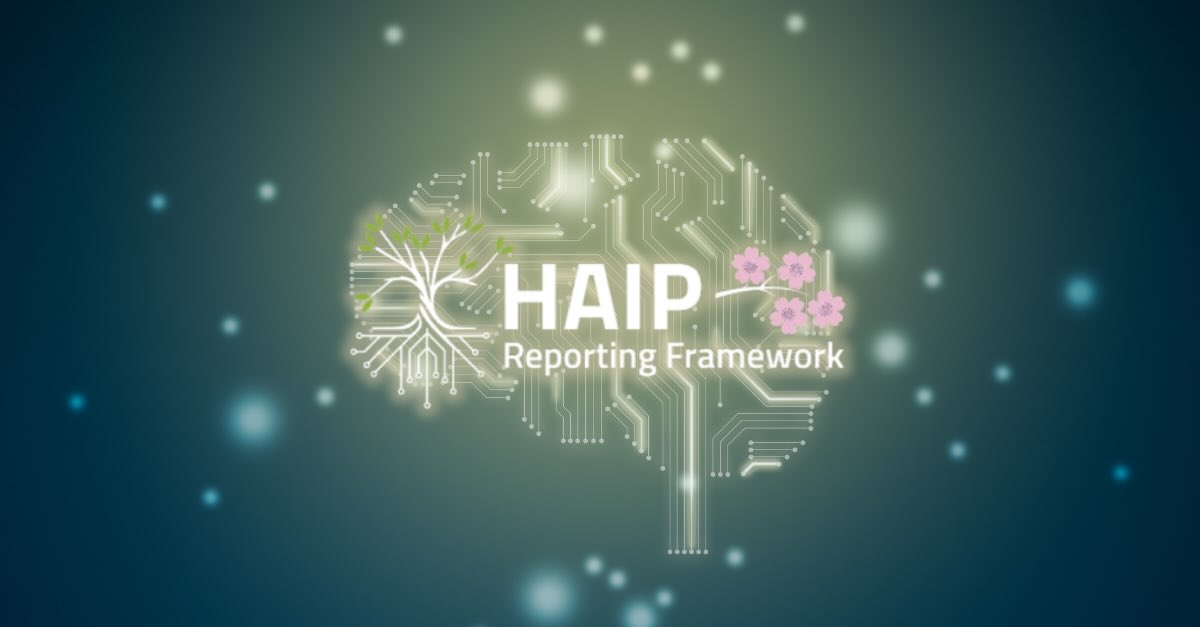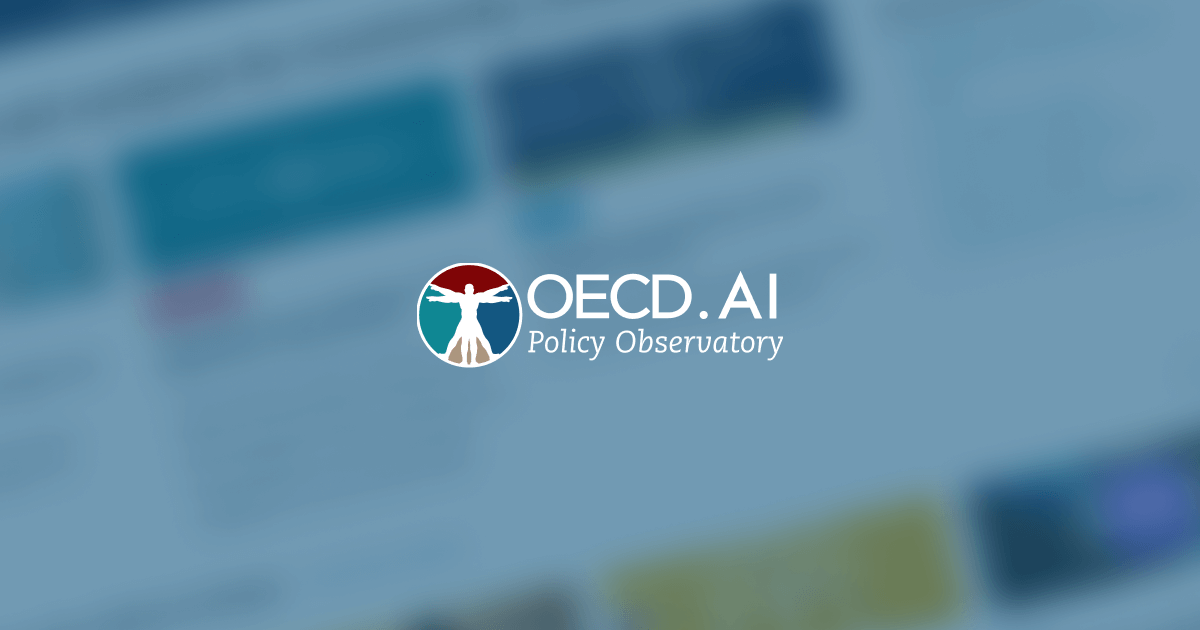The group will help unpack recent global venture capital investment trends in AI, including AI compute, IT infrastructure, and hosting, and will examine existing investment criteria and policies. This work aims to provide policymakers with an evidence base to better understand the foundational role investment plays in driving AI development and commercialisation, while guiding capital flows toward advancing AI aligned with the OECD AI Principles. The Expert Group will help to identify policy and investment gaps and opportunities, supporting policymakers and investors alike in fostering AI that is trustworthy, innovative, and beneficial to all.
About the Ad hoc GPAI Expert Group on Trustworthy AI Investment (TAI)
This expert group supports policymakers in better understanding investment trends in trustworthy artificial intelligence (AI).

























